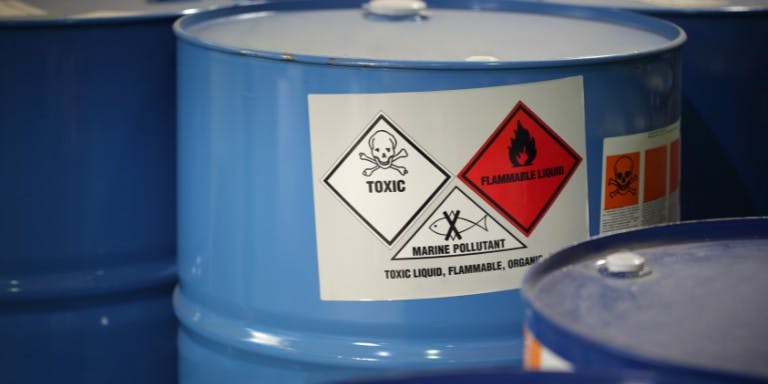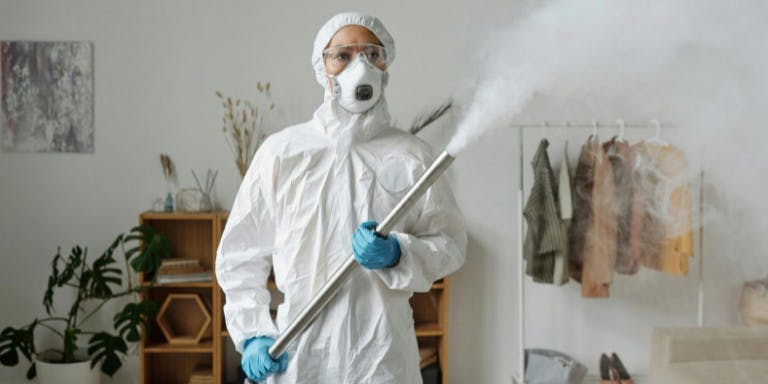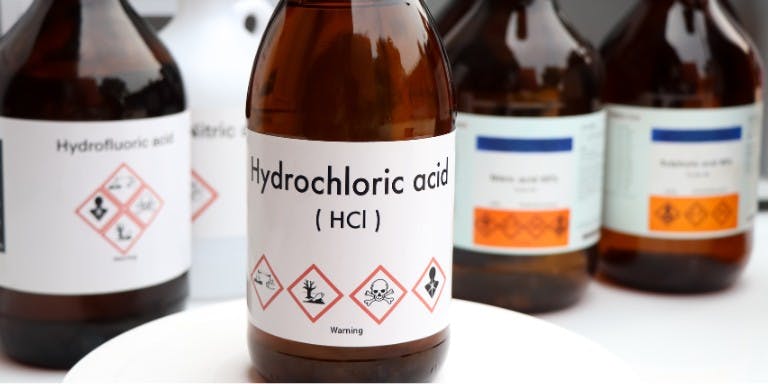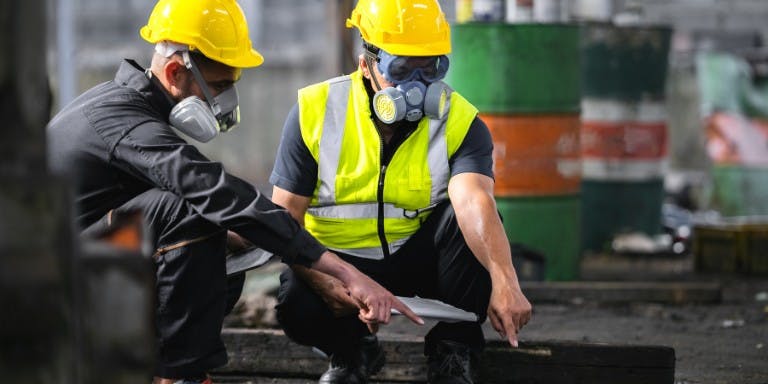First published on Tuesday, March 4, 2025
Last updated on Thursday, March 20, 2025
Jump to section
If your business deals with hazardous substances—whether in manufacturing, cleaning, construction, or another industry—understanding hazard symbols is crucial.
These symbols, part of the GB CLP Regulation (which aligns with the Globally Harmonized System (GHS)), provide vital information about potential risks and how to handle substances safely.
Ignoring or misinterpreting these symbols can lead to serious consequences, from chemical burns and respiratory issues to fires and explosions. Not to mention you'll need to understand them for hazardous substance risk assessments. So, let’s break them down in a way that makes sense.
Why hazard symbols matter?
Hazard symbols exist to:
Prevent accidents and injuries
Protect workers’ health
Ensure legal compliance with COSHH (Control of Substances Hazardous to Health) regulations.
They appear on chemical packaging, warning users about the risks involved. As an employer, it’s your responsibility to make sure employees understand these symbols and know how to work safely with hazardous substances.
What are the hazardous symbols?
All hazard symbols under the GB CLP system are a red-bordered white diamond with a black pictogram inside. Here’s what they mean and why they matter to your business:

Explosive hazard symbol
Looks like: An exploding bomb.
Meaning: The substance can explode if exposed to heat, pressure, or impact.
Examples: Fireworks, ammunition, unstable chemicals.
Your responsibility: Store in controlled environments and train staff on safe handling.

Flammable hazard symbol
Looks like: A flame.
Meaning: The substance can easily catch fire.
Examples: Petrol, aerosol sprays, alcohol-based cleaners.
Your responsibility: Store away from heat sources, ensure proper ventilation, and train employees on safe handling.

Oxidising hazard symbol
Looks like: A flame over a circle.
Meaning: The substance helps other materials catch fire more easily.
Examples: Hydrogen peroxide, bleach, oxygen-rich chemicals.
Your responsibility: Store away from flammable materials and train staff on fire risks.

Corrosive hazard symbol
Looks like: A hand and metal being eaten away.
Meaning: The substance can cause severe burns or damage materials.
Examples: Bleach, strong acids, drain cleaners.
Your responsibility: Provide protective gloves, eye protection, and ensure proper disposal.

Acute toxicity hazard symbol
Looks like: A skull and crossbones.
Meaning: The substance can be fatal if swallowed, inhaled, or absorbed through the skin.
Examples: Pesticides, industrial chemicals.
Your responsibility: Restrict access, use protective equipment, and train staff on emergency procedures.

Health hazard symbol
Looks like: An exclamation mark
Meaning: The substance may cause skin irritation, dizziness, or allergic reactions.
Examples: Paints, adhesives, mild cleaning products.
Your responsibility: Ensure proper ventilation and provide gloves if necessary.

Gas under pressure hazard symbol
Looks like: A gas cylinder
Meaning: The substance is stored under pressure and may explode if heated or damaged.
Examples: Oxygen cylinders, LPG, CO₂ canisters.
Your responsibility: Store upright, secure properly, and keep away from heat sources.

Environmental hazard symbol
Looks like: A dead fish and tree
Meaning: The substance is toxic to the environment and can contaminate soil and water.
Examples: Pesticides, motor oils, industrial chemicals.
Your responsibility: Prevent leaks, follow proper disposal procedures, and use spill containment measures.

Serious health hazard symbol
Looks like: A person with a star-like shape on their chest.
Meaning: Prolonged exposure can cause serious health conditions like cancer, lung disease, or reproductive issues.
Examples: Asbestos, silica dust, some solvents.
Your responsibility: Implement strict exposure controls and provide regular health monitoring for employees.
Understanding these symbols is just the first step. You also need to take action to keep your workplace safe.
Learn how to keep your workplace safe from hazardous substances
For more information on how to keep your workplace safe from hazardous substances see:








